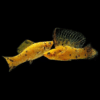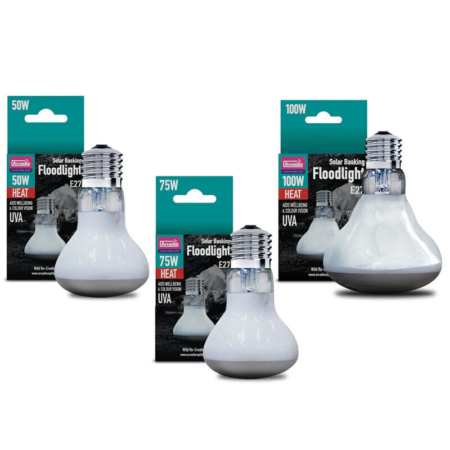10 X Sailfin Mollies – Poecilia Velifera – Randomly Selected – Livebearer
£80.32
10 X Sailfin Mollies – Poecilia Velifera – Randomly Selected – Livebearer: Add beauty and diversity to your aquarium with these vibrant Sailfin Mollies. Native to Central and South America, these peaceful fish are easy to care for and can tolerate a wide range of water conditions. With their unique sail-like dorsal fin and variety of colors, they make a stunning addition to any community tank. Purchase now and enjoy our secure transit and shipping convenience.
1001 in stock
Attributes:
– Short Description: 10 X Sailfin Mollies – Poecilia Velifera – Randomly Selected – Livebearer
– Product Categories: Molly, Fish
Secure Transit:
Our 24-hour courier service ensures your fish arrive safely with poly boxes and heat packs during colder months.
Shipping Convenience:
Combine multiple items in one order to streamline shipping.
Dead on Arrival (DOA) Policy:
Should any fish arrive deceased, promptly inform us with photographic evidence, and we will refund you or send you a replacement.
Product Description:
The 10 X Sailfin Mollies – Poecilia Velifera – Randomly Selected – Livebearer is a popular and vibrant fish species that will add beauty and diversity to your aquarium. Here is a comprehensive guide to help you understand its functionality, features, and use-cases:
Scientific and Common Names:
The scientific name of this fish is Poecilia Velifera, commonly known as Sailfin Molly.
Habitat:
Sailfin Mollies are native to freshwater habitats in Central and South America, particularly in Mexico and Belize. They are often found in slow-moving rivers, streams, and brackish waters.
Tank Setup:
To provide a suitable environment for Sailfin Mollies, it is recommended to have a tank with a minimum capacity of 20 gallons. The tank should be well-filtered and have plenty of hiding spots, such as plants and caves. These fish prefer a slightly alkaline pH level and a temperature range of 72-82°F (22-28°C).
Diet and Nutrition:
Sailfin Mollies are omnivorous and have a varied diet. They will readily consume both commercial fish flakes or pellets, as well as live or frozen foods such as brine shrimp, bloodworms, and daphnia. It is important to provide a balanced diet to ensure their optimal health and vibrant colors.
Size and Growth Rate:
Sailfin Mollies can grow up to 4-5 inches (10-12 cm) in length, with males typically being larger than females. They have a moderate growth rate and can reach their full size within a year.
Behavioral Traits:
These fish are known for their peaceful nature and can be kept in community tanks with other peaceful species. Sailfin Mollies are active swimmers and enjoy exploring their surroundings. They are livebearers, meaning they give birth to live young instead of laying eggs.
Care Level:
Sailfin Mollies are relatively easy to care for, making them suitable for both beginner and experienced fishkeepers. They require regular water changes, proper filtration, and a balanced diet to thrive.
Breeding and Reproduction:
Breeding Sailfin Mollies is relatively straightforward. Males have a modified anal fin called a gonopodium, which they use to fertilize the female’s eggs internally. The female will then give birth to live fry after a gestation period of approximately 4-6 weeks. It is recommended to provide plenty of hiding spots for the fry to ensure their survival.
Health and Disease Prevention:
To maintain the health of your Sailfin Mollies, it is important to monitor water parameters regularly and ensure they are within the optimal range. Regular observation for signs of disease, such as fin rot or ich, is crucial. Quarantining new fish before introducing them to the main tank can help prevent the spread of diseases.
Optimal Water Conditions:
Sailfin Mollies prefer slightly alkaline water with a pH range of 7.5-8.5. The temperature should be maintained between 72-82°F (22-28°C). It is important to provide good water quality and avoid sudden fluctuations in temperature or water parameters.
Lifespan:
With proper care, Sailfin Mollies can live for 3-5 years. However, some individuals have been known to live longer under ideal conditions.
Additional Interesting Facts:
– Sailfin Mollies are known for their unique and elongated dorsal fin, which resembles a sail.
– They come in a variety of colors, including black, silver, gold, and orange.
– Sailfin Mollies are highly adaptable and can tolerate a wide range of water conditions.
– These fish are known for their ability to control mosquito populations, as they consume mosquito larvae.
– Sailfin Mollies are popular choices for community tanks and are often kept with other peaceful fish species.













Reviews
There are no reviews yet.